From Popayán the bus journey to San Agustín is only 139 kms but with the 50 kms or so of the road through the Parque Nacional Natural Puracé being unpaved and full of potholes the journey is a bone crunching six hours. San Agustín has grown considerably since our first visit back in 1989 when the most common form of transport was a horse and there were very few hotels. Today it well set up to cater for the adventurous back packer traveller with many hostels and basic places to eat. It is still likely to be many years before the more affluent form of mass tourism that Southern Peru has comes to San Agustín so there Is still time to discover this remarkable location before the crowds come and it is changed forever.
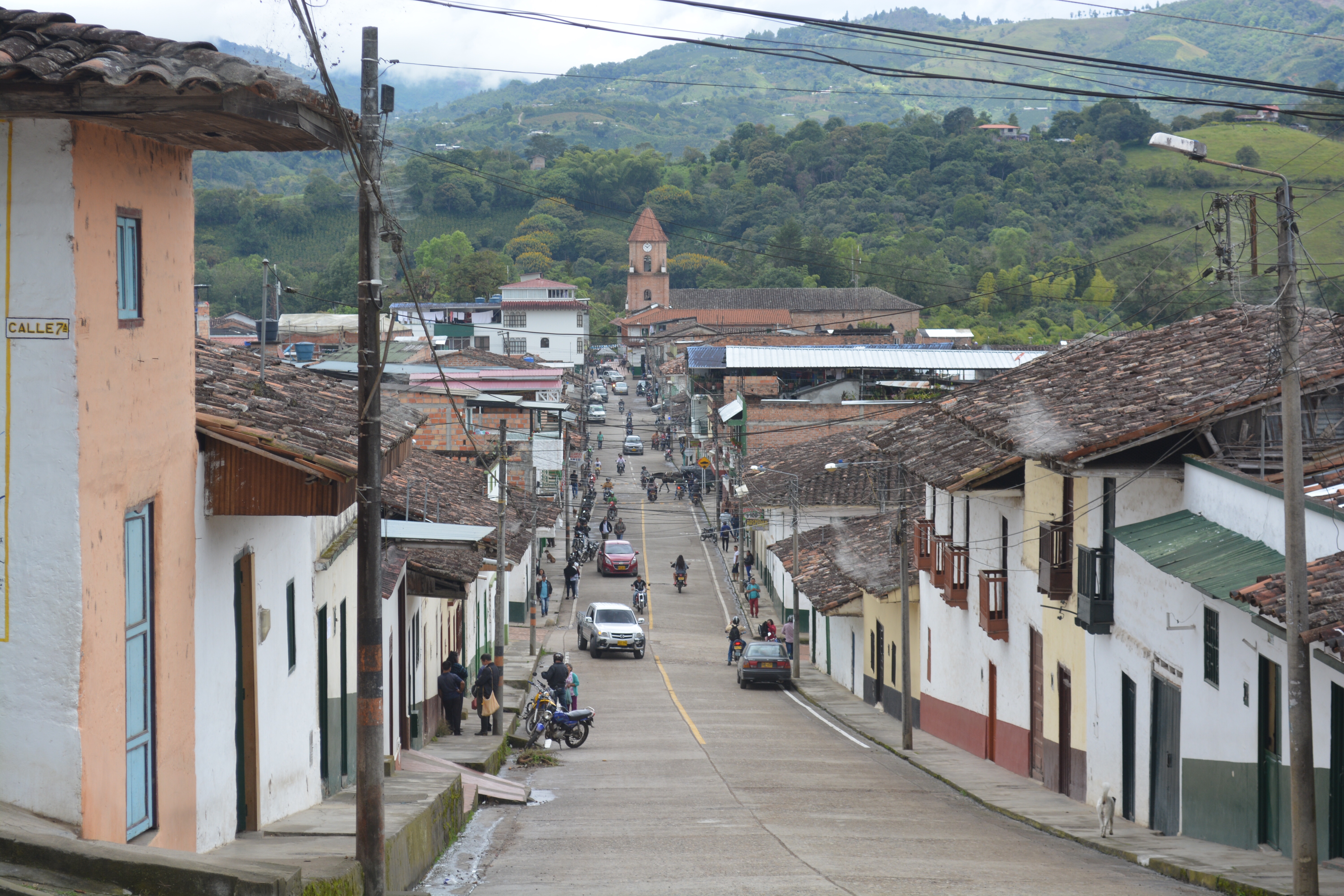
The principal archeological site lies a couple of kilometres out of town and with its UNESCO World Heritage Site status is immaculately maintained by the Colombian Government. At the main entrance to the site is well presented modern museum, with many recovered statues and an informative presentation of the culture and artefacts. Many of the statues have been looted over the years, their size makes them particularly potable, but over recent years a number have been recovered.
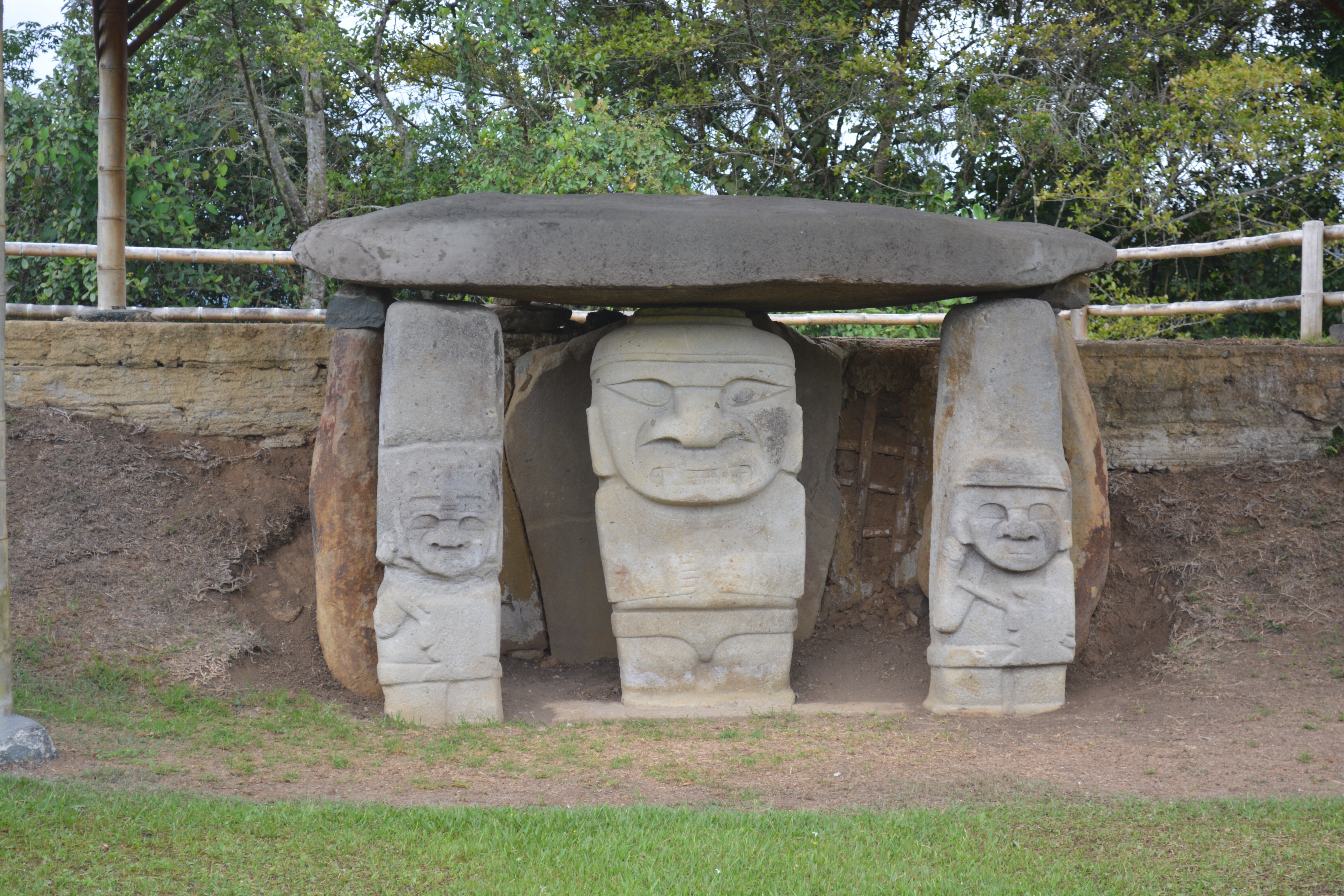
The main archaeological site contains three principal Mesitas each of which contains a number of tombs and funerary mounds, each of which is guarded by a statue with a large head. Most of the statues have been cleaned up of all the jungle moss and are now presented in well manicured clearings surrounded by the wet jungle. All have particularly prominent incisor teeth.
Just below Mesita C and down to the river is the Fuente de Lavapatas which is a set of carvings made directly into the rocks on the riverbed, with the diverted water flowing right on top of the carvings. Beyond the Fuente de Lavapatas and up a small hill is the oldest set of statues at the Alto de Lavapatas, which look out over the surrounding valleys below.
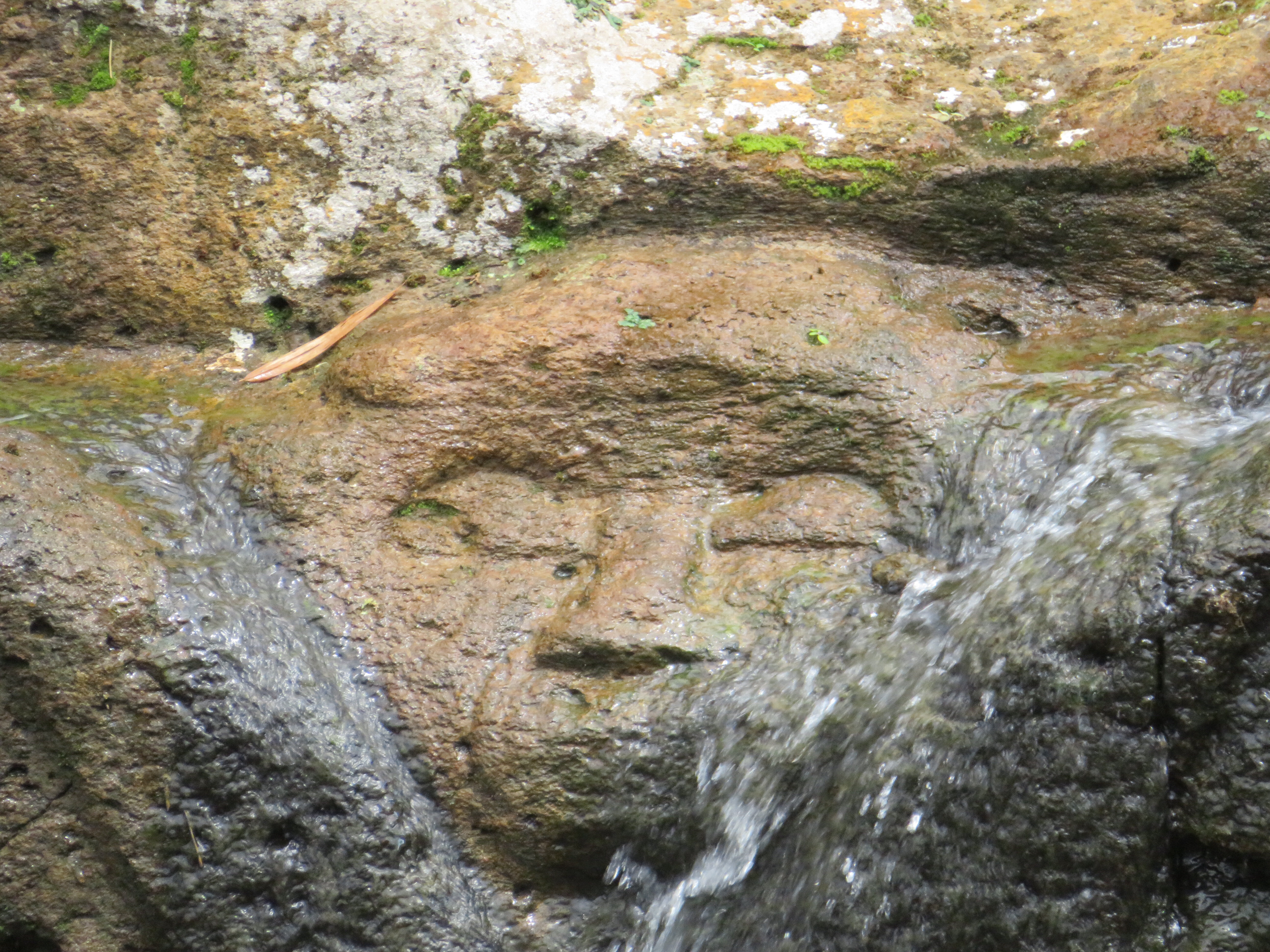
Not much is known about the culture that left these statues but most of the statues date from between 1,000 BC and 800 AD, so significantly well before the Incas, like some of the other pre-Incan sites of Peru and Bolivia.
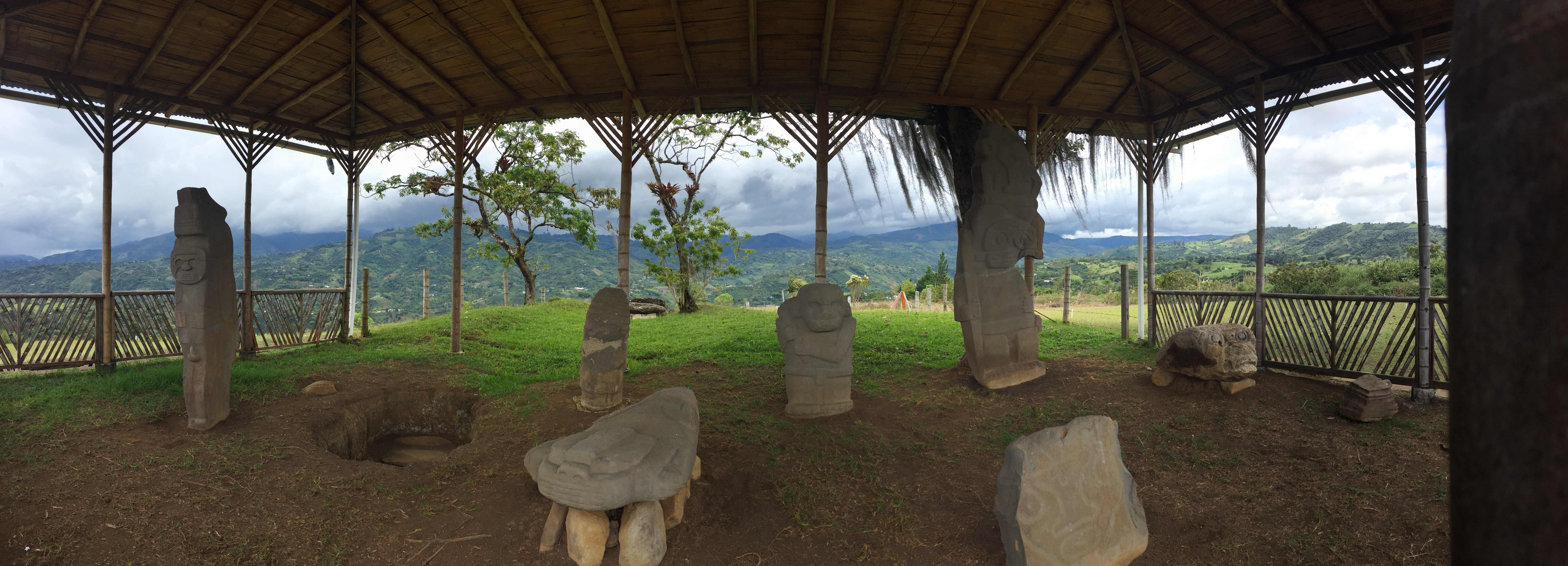
Next to the museum and the main entrance of the park is the Bosque de las Estatuas, where some 39 statues are displayed in a woodland trail. Many of these have been recovered from looters and are in remarkably good condition. In addition to the statues the pathway contains many fine examples of Colombia’s extensive range of flowers, orchids, plants and trees, making it a very attractive walk.

There are two other archaeological parks near to San Agustín, the Alto de Las Piedras and the Alto de los Ìdolos, to reach both it is necessary to take a tour, which also takes in some of the surrounding countryside. At Las Piedras is the Double Yo statue, which is half man half beast and contains some four faces carved on it. At Los Ìdolos are two sets of statues on two small hills, and contained here is the tallest statue known as the bishop, which stands at four metres tall. Also are two statues of crocodiles or caimans which are not indigenous to the area.
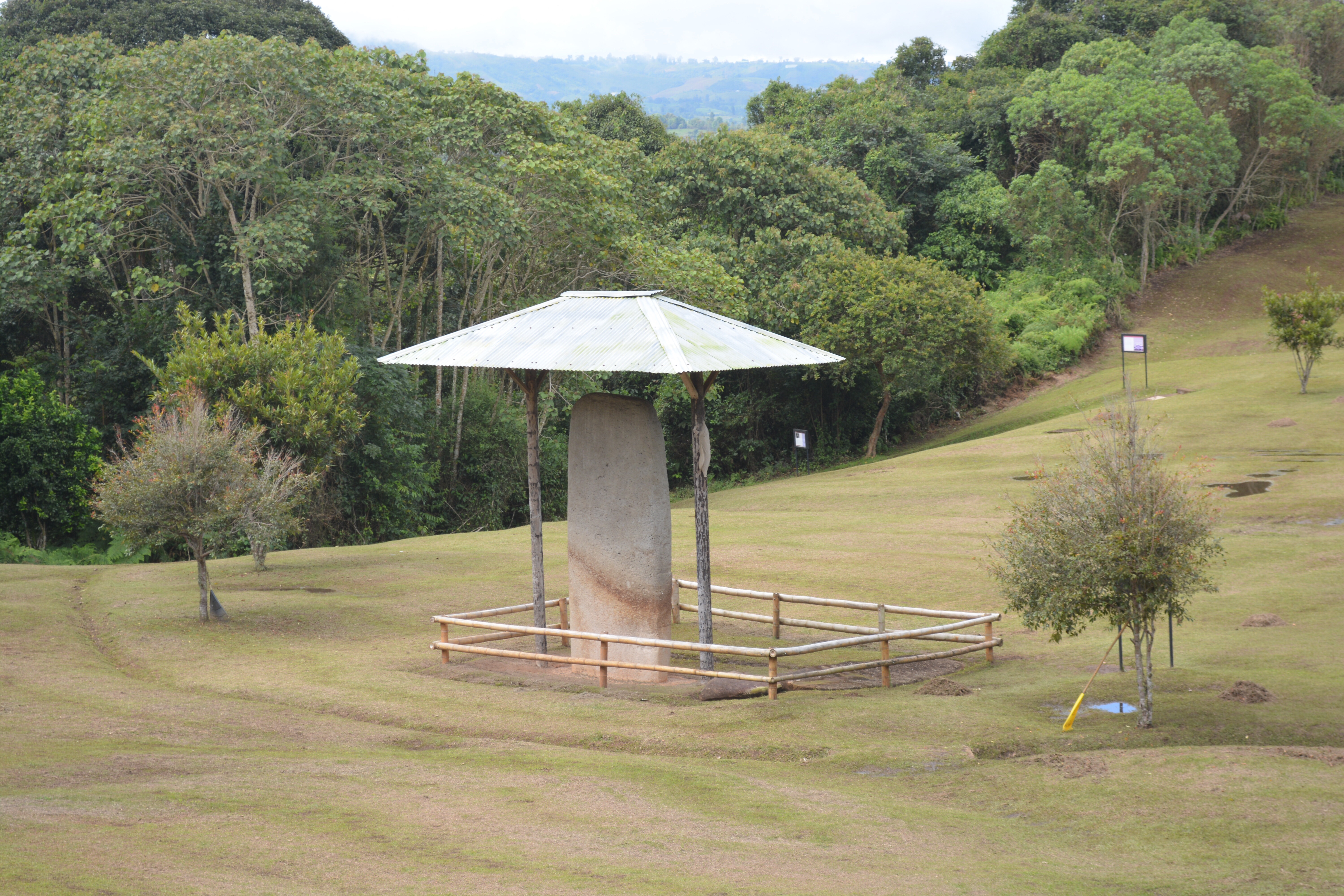
The area around San Agustín contains the upper reaches of the Magdalena River, which flows all the way to the Caribbean Sea at Barranquilla. The river flows rapidly through a number of gorges and is fed by tributaries, many of which cascade down huge waterfalls. Two of the largest and most spectacular waterfalls are the Salto de Bordones at 270 metres and the Salto de Mortiño at 300 metres. Both are surrounded by fertile arms that grow coffee and many of the tropical fruits that make Colombia a delightful country to visit.
Date: 25/08/2018 to 28/08/2018

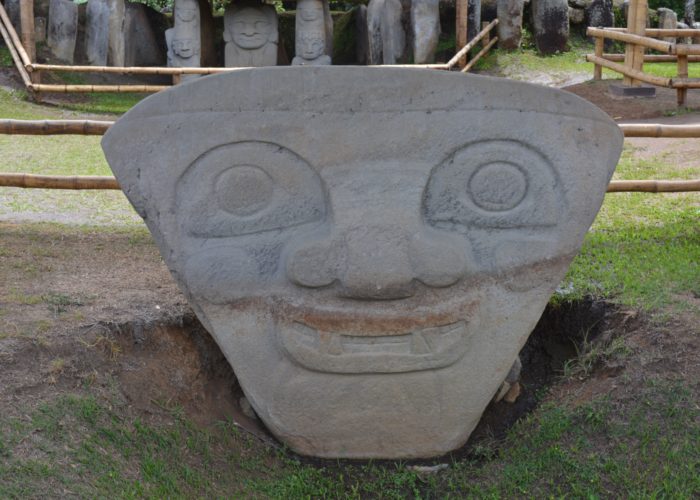
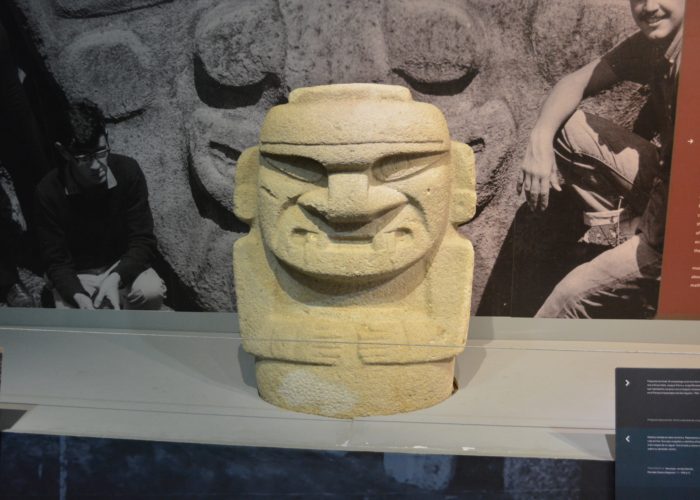
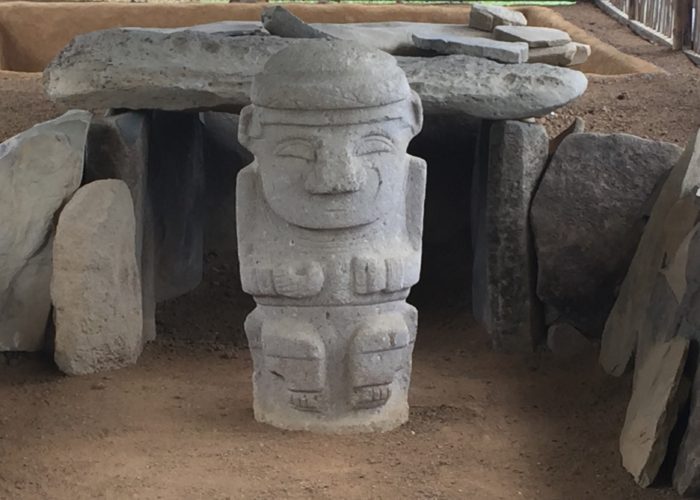
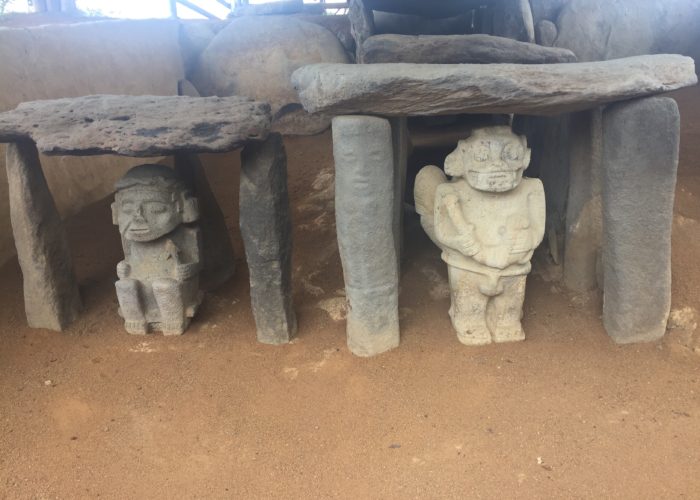
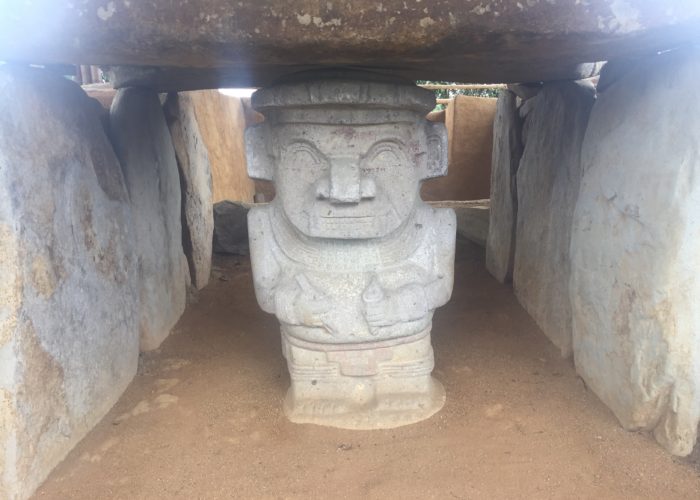

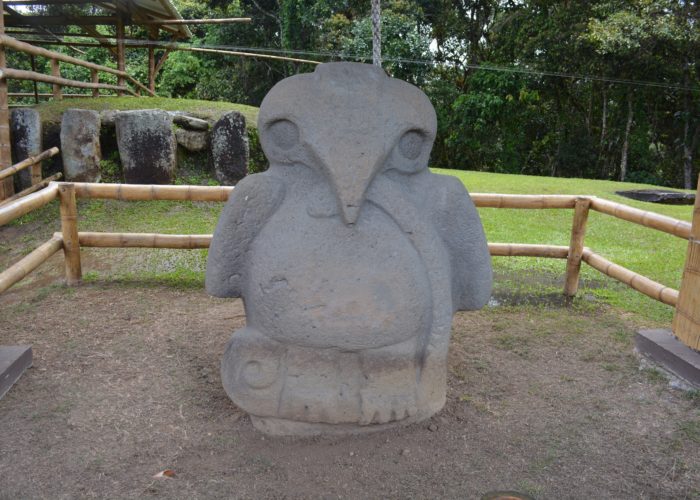
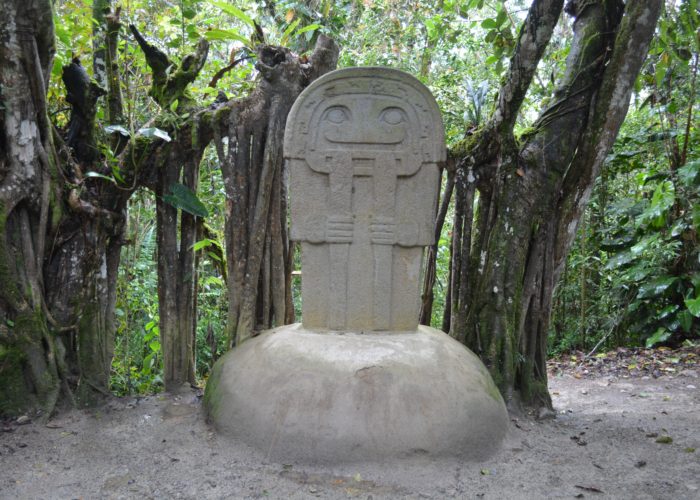
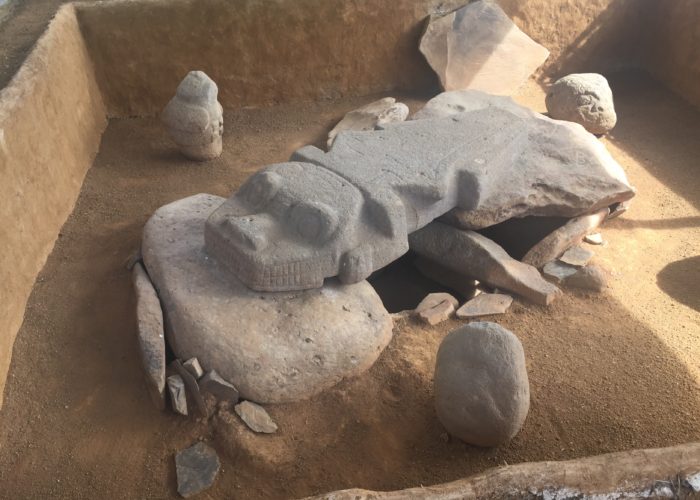
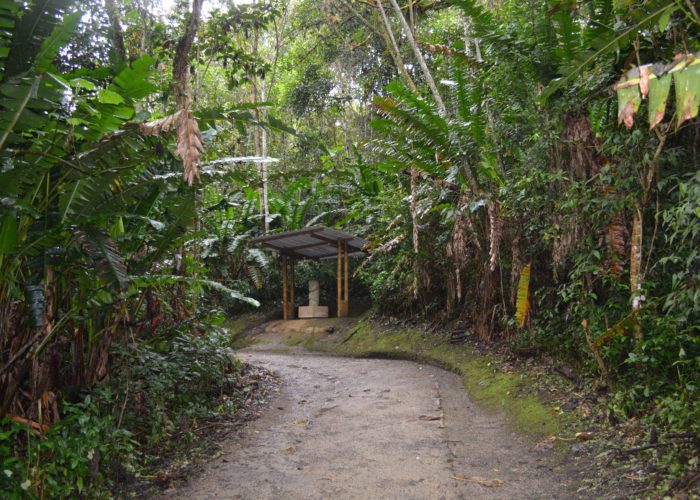
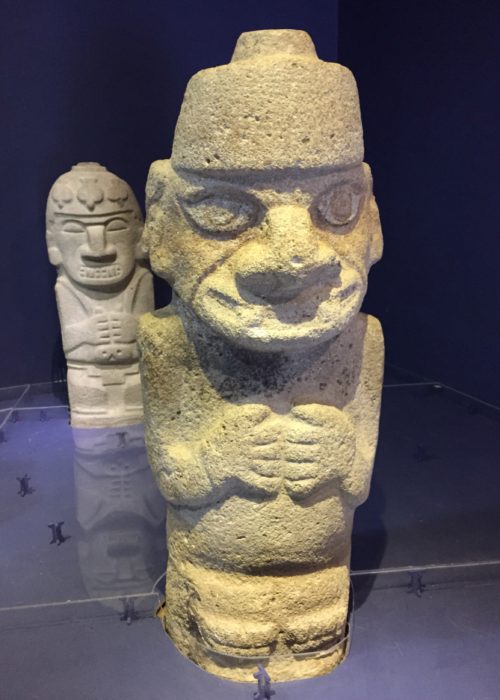
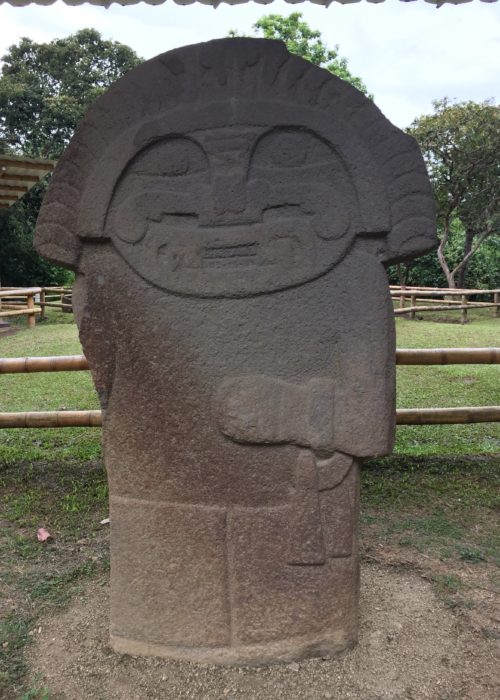
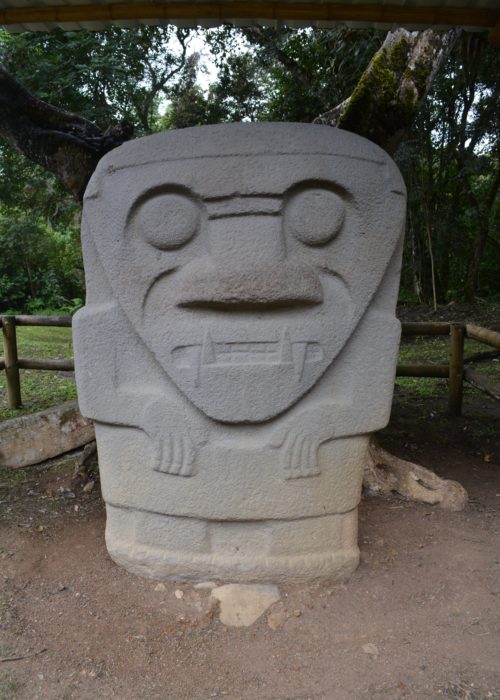

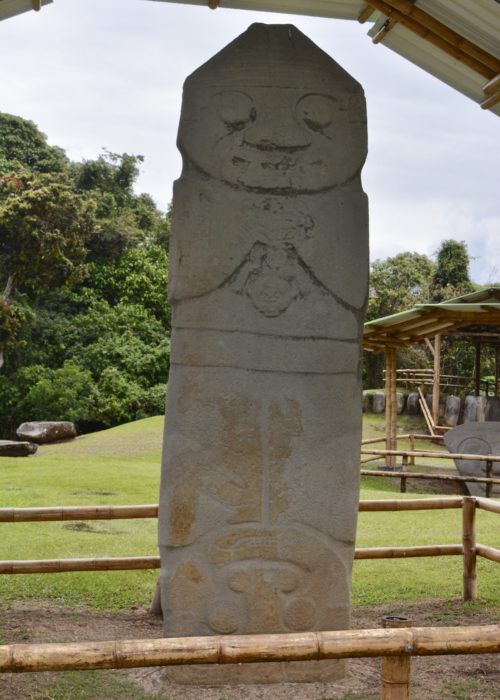
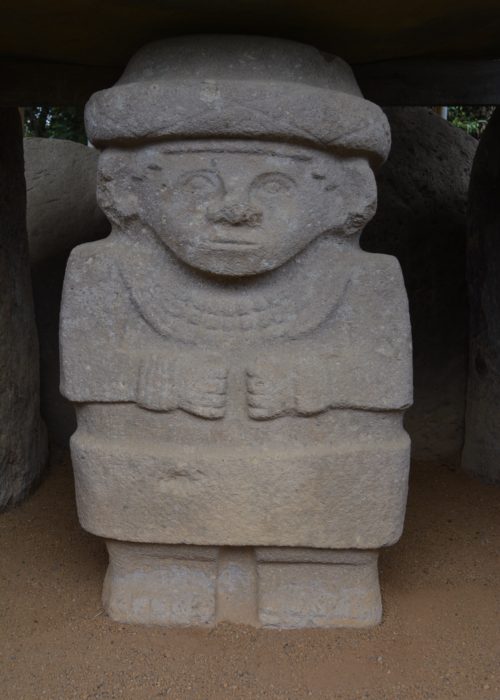
Thank you so much for documenting your trip so that others may share in it.
Thanks Tom, its great to hear that people are reading the my blog. San Agustin and Kuelap in Northern Peru are the sort of places that Dragoman should consider visiting before they get discovered! Have you planned your next trip? We meet up with Fabian in Northern Brazil at the end of this month for our third Dragoman. Simon